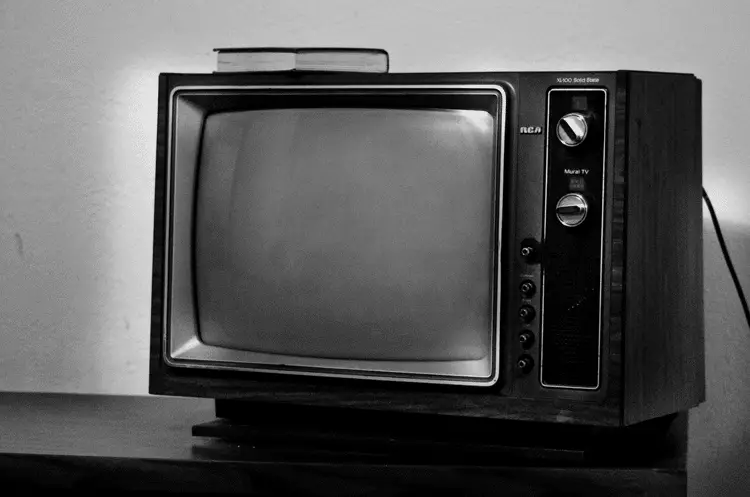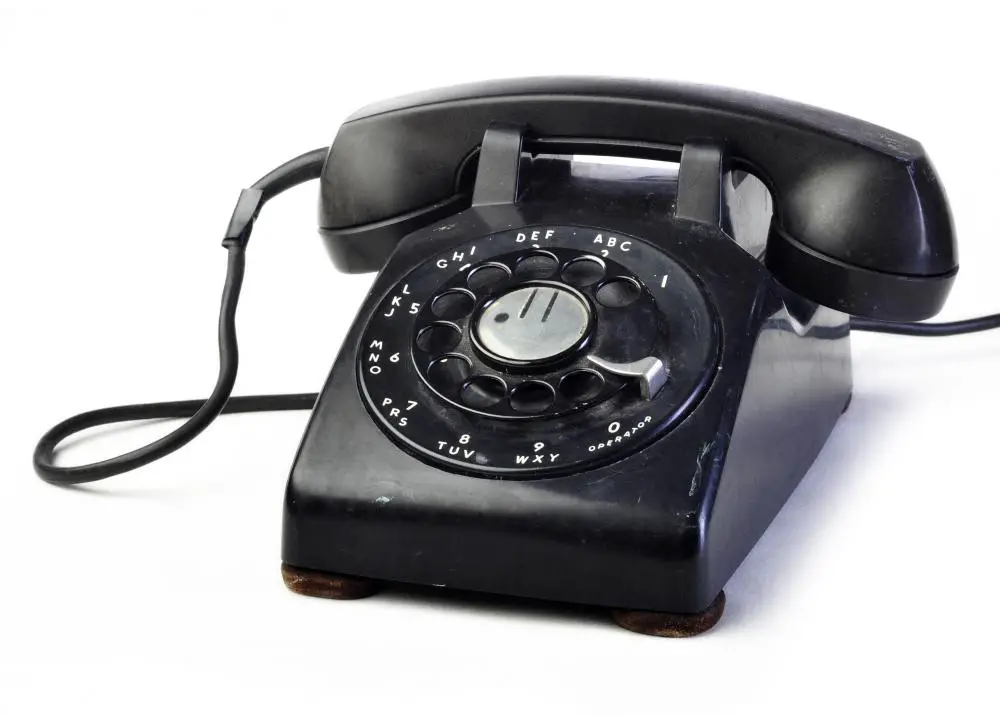Television is one of the most successful inventions in modern history. It has changed how we live and interact with each other and revolutionized our culture. Here’s a brief history of television:
The first television broadcast was in 1928.
The first television broadcast was on November 2, 1928, by John Logie Baird. The first picture was of a ventriloquist dummy named Stookie, who waved at viewers as he spoke to them through the screen may sound strange now, but back then, it was considered revolutionary.
In the 1940s and 1950s, the number of televisions in use increased. In 1956, color television sets were introduced to the publicThe first broadcast in the United States was two years later, on January 30, 1930. The first show was called “The Videophone.” It featured one of the most famous ventriloquists of all time: Edgar Bergen.
The 1930s had monochromatic channels and narrow channels.
In the 1930s, there were not too many channels, and those available were black and white. The first TV broadcast was in 1928, and it lasted only a few minutes. At that time, very few people had televisions because they were expensive to buy and install.
Color television began in 1950.
Color television began in 1950. The World Cup was the first sporting event to be broadcast in color, and it took place in 1966. The Super Bowl followed suit the following year. Color sets were expensive and rare until the 1970s when they became more common as prices dropped and technology improved.
The first commercial color television broadcast was on June 25, 1950, from Washington D.C.’s WOIC-TV. It was followed in 1951 by the first color television sets sold to consumers.
In 1953, the first commercial shown on TV was for Gibbs SR toothpaste.
In 1953, the first commercial shown on TV was for Gibbs SR toothpaste. It was only 15 seconds long and cost $50 to produce–a considerable sum at the time! But it was a success; people loved seeing commercials during their favorite shows and became a regular part of television programming.
As the number of TV sets in homes grew, so did the amount of money advertisers spent on commercials. By 1955, there were 1,500 commercial breaks per week; by 1957, that number had jumped to 2,200!
In 1956, the first National Football League championship game was shown on TV.
The first televised NFL championship game was played on December 28, 1956. It featured the New York Giants and Chicago Bears, with the Giants winning 17-7.
On January 15, 1967, the Packers of Green Bay and the Kansas City Chiefs met for the first time in what would become known as the Super Bowl. The Packers emerged victorious, 35-10.
In 1957, The Ed Sullivan Show became the first successful variety show on television.
From 1948 through 1971, a variety show called The Ed Sullivan Show aired on television.
It featured many famous guests, including Elvis Presley and The Beatles. In 1957, it became the first successful variety show on television.
Ed Sullivan hosted the show, which ran from 1948 to 1971. It featured many famous guests, including Elvis Presley and The Beatles. In 1957, it became the first successful variety show on television.
In 1959, there were over 300 TV stations in America.
- In 1959, there were over 300 TV stations in America.
- Today, there are more than 4500 stations across the country.
- On average, each country has about 100 local television stations or less.
The United States has more than any other country in the world.
By 1960, there were over one million televisions in use in America.
By 1960, there were over one million televisions in use in America. s the best-selling year for television sets and marked the beginning of what would become known as “the golden age of television.”
Television was becoming a staple in American households. As television sets became more affordable and accessible, the number of homes with televisions increased dramatically. From less than one million televisions in use in 1950 to over 50 million by the end of 1970, television had become an integral part of American culture.
Since its inception, television has undergone significant development.
As you can see, television has come a long way since its inception. The first television signal broadcast was in 1928, but there were only a few channels, and the call was monochrome (black and white). Color television began in 1950, and by 1953, the first commercial to be shown on TV was for Gibbs SR toothpaste.
By the 1960s, there were more than 100 channels available. By the late 1990s, there were more than 200; today, over 500 channels in Australia alone are just one example of how TV has grown.
Since it was first invented, television has undergone a lot of development. It started as a novelty but has become integral to our lives. Television has changed the way we communicate with each other and how we entertain ourselves. It’s incredible to think about how this technology has Evo.



